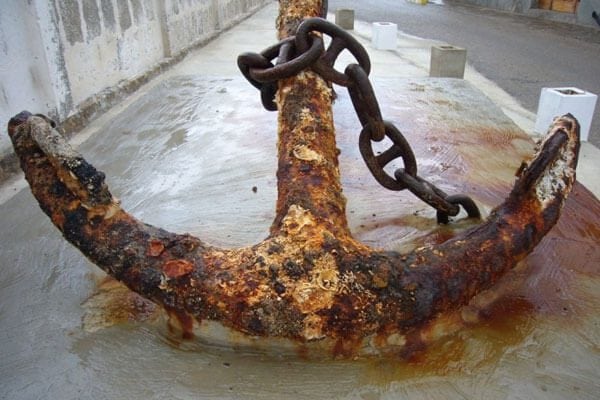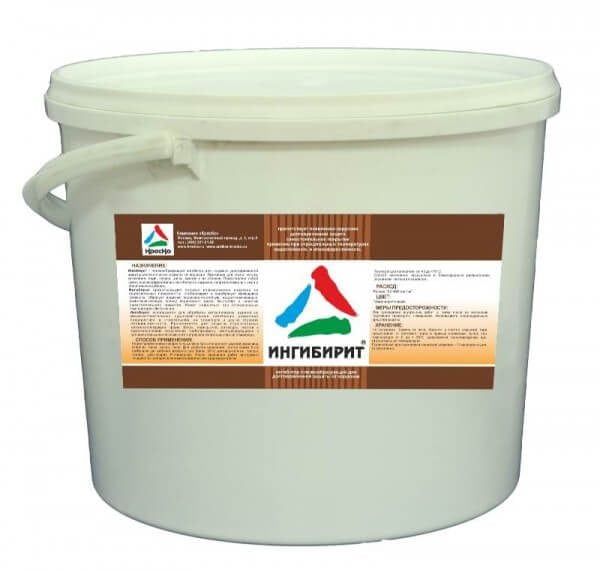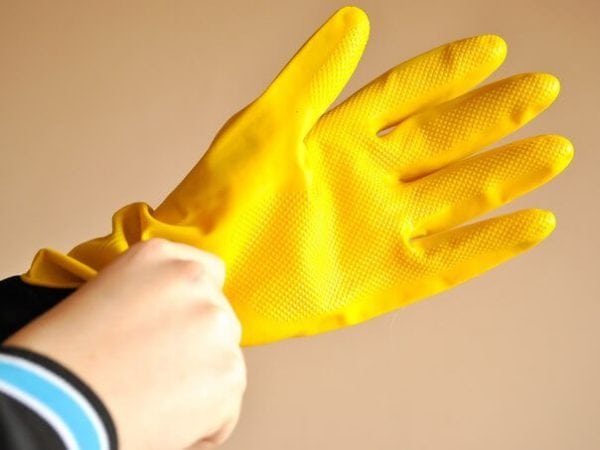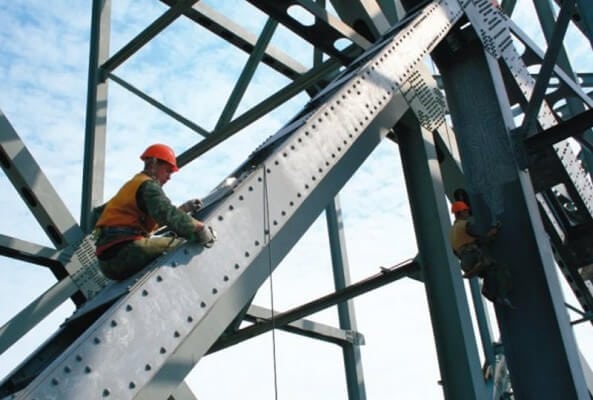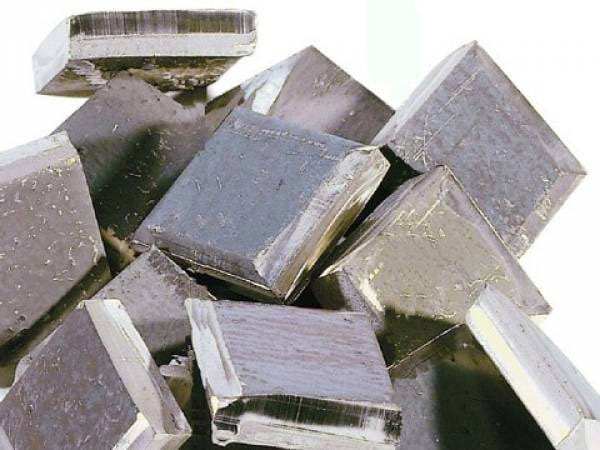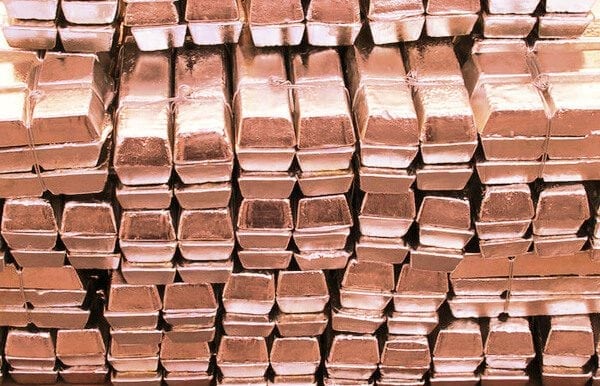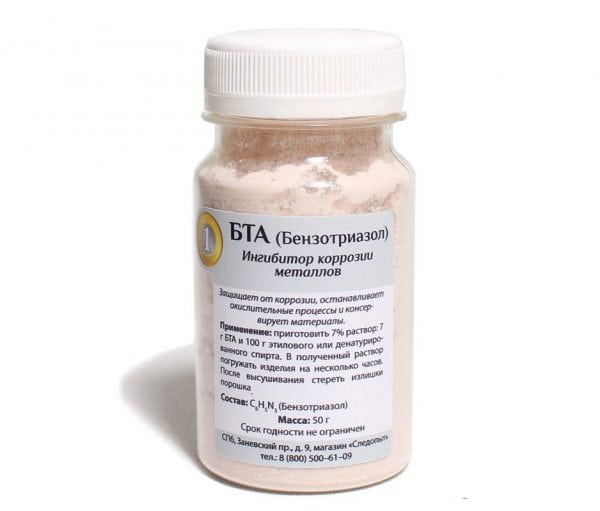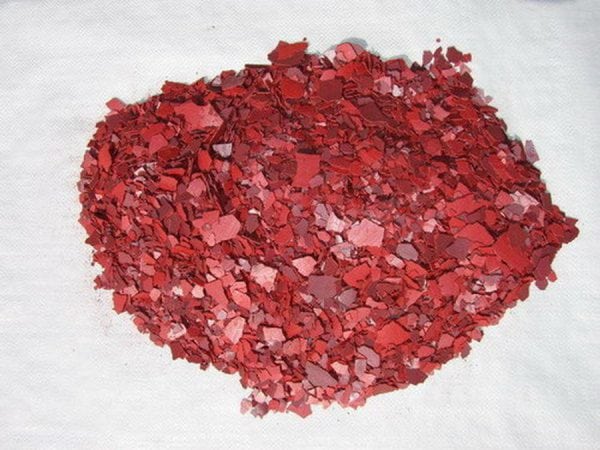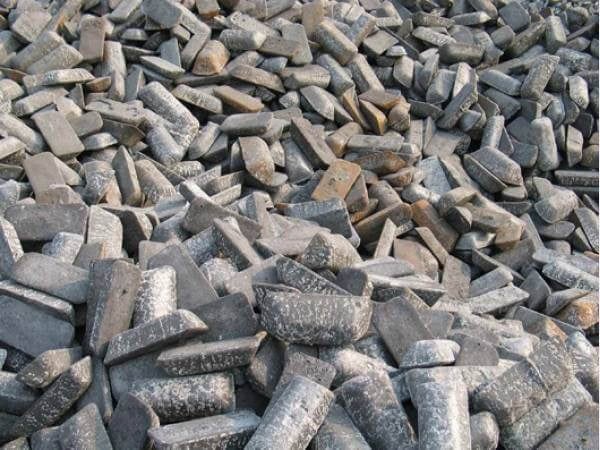Corrosion inhibitors are used to slow the formation of rust on metals. The action of moderators is based on the ability of certain chemicals to reduce the rate of corrosion in metals or even inhibit it altogether.
- Atmospheric corrosion protection
- Protection for steel structures
- Protection of copper and its alloys, as well as silver
- Rinse protection
- Corrosion Protection
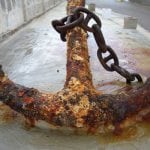
Inhibitors are in demand in the protection of metal products during etching and washing. These substances are added to polymer coatings, waxes, greases, packaging, and in the enclosed space where metal is stored. As a result of these measures, the protective capabilities of coatings are increased.
Upon contact with the metal, the adsorption of inhibitors begins, which reduces the rate of ionization. The ionization process can be slowed down both in metal and in oxygen, or in both cases simultaneously.
Recently, the production of a large assortment of various inhibitors has been established. There are moderators designed for certain groups of metals (ferrous or non-ferrous) and substances of universal use, which can be used in all cases.
to contents ↑Note! When choosing a particular inhibitor, you need to consult a specialist or carefully study the directories. The fact is that the same substance, in relation to different metals, can both contribute to and slow down the development of the corrosion process.
Atmospheric corrosion protection
To protect metals from the effects of atmospheric corrosion, contact type inhibitors are used, as well as volatile inhibitors that evaporate and propagate independently on the metal surface.
The use of volatile inhibitors is associated with high requirements for barrier materials:
- materials must be impermeable to inhibitory vapors;
- the packaging must be airtight, otherwise the substance will immediately evaporate.
There are several methods of using inhibitors to protect metal products from atmospheric corrosion:
- the inhibitor is applied to the metal surface from aqueous solutions or organic solvents;
- the process of sublimation of inhibitors to a metal surface from air is carried out, in which there is a high concentration of inhibitor vapors;
- a polymer composition is applied to the metal surface, including an inhibitor;
- the product is wrapped in inhibited paper;
- a porous carrier with an inhibitor is directed into the enclosed space.
In the latter case, “linopon” or “linasil” acts as carriers. These adsorbents, located in a confined space, provide long-term preservation of metals, protect against corrosion and "bronze disease". Also, thanks to adsorbents, it becomes possible to preserve products in the event of a sharp change in environmental conditions.
It is recommended that conservation measures with inhibitors be carried out at a humidity level below critical, in clean air. The presence of acidic vapors in the air in the room is not allowed (such vapors are released during dry cleaning) where preservation is carried out.
The adsorption of the inhibitor, with the formation of a powerful protective layer, does not occur immediately, but over time. The length of time spent depends on the nature of not only the inhibitor, but also the metal being processed. Before treatment with an inhibitor, metal products are thoroughly cleaned of dirt and grease, and then they are dried.
to contents ↑Note! Before preservation, the metal must not be touched with bare hands. All work in the future must be done with rubber gloves.
Protection for steel structures
The most popular aqueous solutions (especially viscous) of sodium nitrite. This solution is a contact type inhibitor applied to the surface of the product (for example, heating systems or other metal structures).
The addition of an additional component that increases the viscosity of the structure (hydroxyethyl cellulose, glycerin, xylitol, starch) in aqueous solutions of sodium nitrite significantly increases the effectiveness of the substance. In particular, the period of guaranteed metal protection is extended regardless of climate conditions. Viscous compositions protect sodium nitrite solutions from drying out, do not allow salt crystals to leave the metal surface, and also reduce the percentage of runoff of the substance in conditions of high humidity.
Most often, a 25% solution of sodium nitrite is used, when it comes to steel products, and a 40% solution is used to protect cast iron parts. Metal is treated with a solution heated to 65-85 degrees. Crystals of sodium nitrite that have arisen on the surface as a result of moisture condensation during storage (for example, during storage between technological operations) form a concentrated solution of the inhibitory substance.
It is this solution that passivates the metal. To neutralize acidic atmospheric components that fall on a metal with condensing moisture, a small percentage of soda (up to 0.6%) is added to the sodium nitrite solution. It must be borne in mind that lowering the concentration of sodium nitrite to values below the set threshold leads to the so-called local corrosion. This factor is the reason for the use of viscous types of solutions for long-term storage.
Among the volatile inhibitors, dicyclohexylamine nitrite is most often used. This substance is perfect for cast iron and steel, but contributes to the corrosion processes in copper and its alloys, tin, zinc, lead, aluminum-copper alloys, magnesium and cadmium. Volatile protective substances do not change the corrosion resistance of aluminum, nickel, chromium, and in addition, do not affect the mechanical characteristics of plastic, leather, rubber, paints and varnishes.
This inhibitor is used in the form of alcohol solutions. For applying 1.5-2.5 grams of substance per square meter, an 8.5% alcohol solution is taken. Immediately after processing, the part is hermetically sealed or placed in an isolated space.
to contents ↑Protection of copper and its alloys, as well as silver
To prevent corrosion processes on copper and its alloys, as well as on silver, a contact type inhibitor, benzotriazole, is used. This substance comes into contact with salts of 1 and 2-valent copper, resulting in polymer compounds that are insoluble in the aquatic environment and resistant to high temperatures.
Due to the emergence of insoluble structures, benzotriazole inhibits the so-called "bronze disease." The use of benzotriazole is recommended to protect both already cleaned objects and objects in which it is decided to leave the corrosion coating or patina unchanged. Benzotriazole also slows down the darkening of bronze, copper, and silver items.
After cleaning from dirt and grease, objects are placed in a 3% solution of benzotriazole. In this case, you need to maintain the temperature at least 20 degrees.To process large objects, the solution needs to be heated to 50 degrees. Then the metal is dried and wiped with a damp cotton cloth.
Note! Benzotriazole is a carcinogen. Therefore, direct contact with the skin should be avoided. When working, use protective gloves, an apron and glasses.
Captax inhibitors include sulfur. As a result of Captax treatment of copper and bronze products, the corrosion resistance of metals is significantly increased. The best results can be achieved with a half-hour immersion, if the temperature of the solution is 70-80 degrees. In some cases, captax gives a greater effect, compared with benzotriazole.
Among inhibitors of inorganic origin, chromates should be noted. Passivation by chromates is one of the most inexpensive methods of protecting copper, its alloys and silver from darkening. Passivation is carried out using cathode current or without using it. The components of the electrolyte and the surface treatment during chromatography can vary significantly, and this does not affect the protective characteristics of the resulting films. Metals are kept for several minutes in a solution of chromic acid (1 gram per liter). The emerging film has a high resistance to moisture, as well as to the effects of saline solutions and hydrogen sulfide.
Silver products are passivated by applying cathodic current. In this case, the electrolyte includes up to 40 grams of sodium dichromate, 20 grams of sodium hydroxide and 40 grams of potassium carbonate. These quantities are distributed per liter of liquid. The current density is 0.1 amperes per square centimeter, and the exposure time is 60 seconds. The room temperature of the solution is maintained.
Even the usual dipping of silver into chromic anhydride or sodium dichromate enables successful passivation. However, care must be taken that no foreign acids are present in the solutions. Good results can be obtained after double processing: first by the cathodic method, and then by dipping chromium anhydride or sodium dichromate into the solution.
to contents ↑Note! Sodium bichromate and chromium anhydride are dangerous for the skin and respiratory system. Therefore, you need to work with these substances in rubber gloves, a respirator and in a room with good ventilation.
Rinse protection
Washing with water, especially when it comes to washing iron or steel, can lead to corrosion processes in the area of the cleaned surface. At the same time, water hardness has a great influence on the aggressiveness of corrosion. The softer the water, the higher the degree of its impact on the development of corrosion processes.
Corrosion activity is caused not only by salts, but also by the level of sulfates and chlorides contained in it. Their level in water of natural origin can vary from 50 to 5000 milligrams per liter.
The following classification of water aggressiveness is used:
- slightly aggressive environment - the concentration of sulfates and chlorides is less than 50 milligrams per liter;
- medium aggressive environment - the concentration of sulfates and chlorides from 50 to 150 milligrams per liter;
- highly aggressive environment - the concentration of sulfates and chlorides in excess of 150 milligrams per liter.
According to GOST, it is allowed to use water with a salt content in the following concentrations:
- sulfates - up to 500 milligrams per liter;
- chlorides - up to 350 milligrams per liter.
To reduce oxidation during washing, reducing agents are used, for example, hydrazine. Reducers bind oxygen in water. As a result of the contact of hydrazine and oxygen, nitrogen appears, which is easily removed from the aqueous medium and does not carry the risk of corrosion.
The permissible level of inhibitor is 1 gram per liter. Oxygen is for the most part removed from water by boiling it.
to contents ↑
Corrosion Protection
Inhibitors are commonly used to protect metals from corrosive processes in acidic environments. Among them are catapine, urotropin, PB-5, PB-8.
During the procedure, after the removal of corrosion by acids, the adsorption of inhibitors on the cleaned surface. Thus, metal dissolution is avoided or minimized. This factor is of particular importance when cleaning metal objects of artistic value, since the corrosion layer on their surfaces is usually heterogeneous both in thickness and in components.
If the surface of pure metal is exposed, it will act as an anode, and the oxides will become a cathode. In this regard, during purification, a significant proportion of the acid goes to the pickling of the metal, but not to the dissolution of corrosive products. The use of inhibitors in an acidic environment makes it possible to avoid the pickling of pure metal and to prevent the hydrogenation of steel or cast iron. As a result, the hydrogen embrittlement of ferrous metals is avoided.

